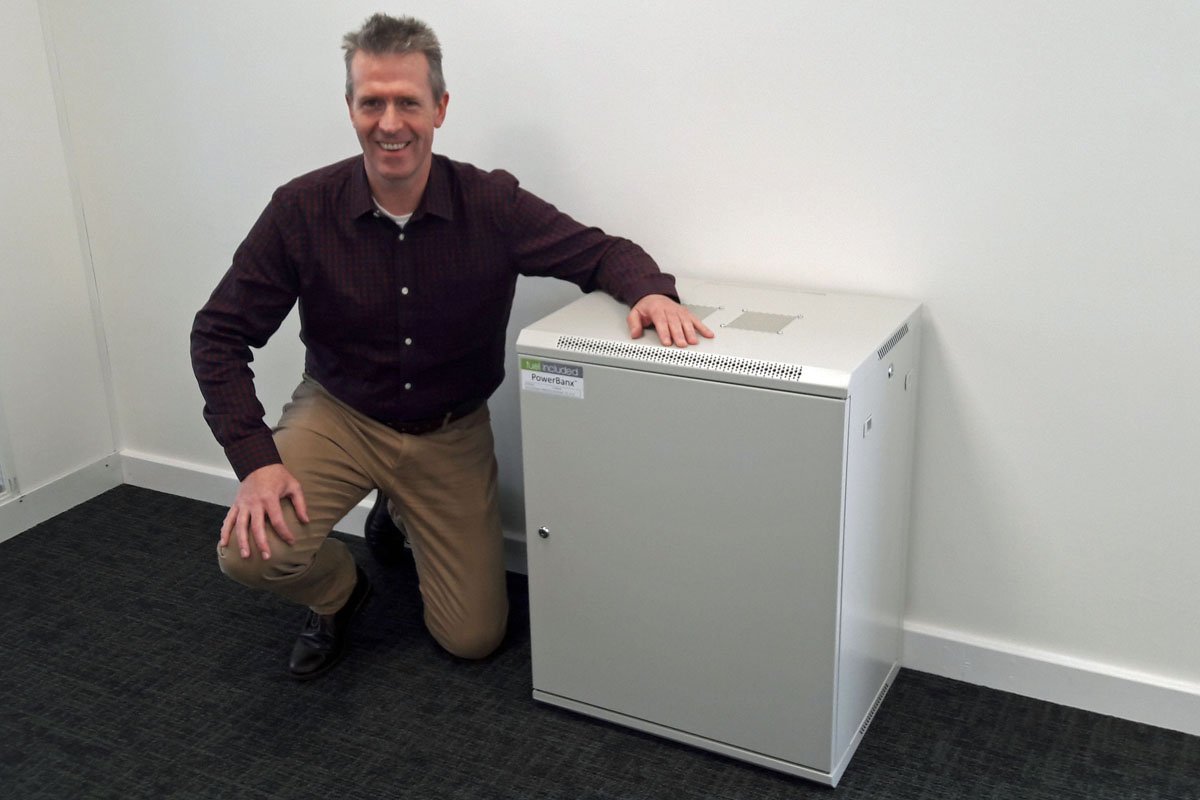Energy storage could make rooftop solar more viable across the country and be an added revenue source for solar installers.
Residential solar installers are quietly starting to expand their offerings to include energy storage, which could be a much-needed revenue boost for the industry. Tesla’s Powerwall is the best-known energy storage device, but Sunrun, SunPower, and Vivint Solar are entering the market as well, and they’re seeing some signs of success early in 2018.

What’s great about energy storage for solar installers is that it’s incremental revenue that leverages existing marketing and sales expenses. And it could help make solar more attractive to customers in states that have made it more difficult to justify solar economically.
…
Energy storage can be good for everyone
There are a number of ways energy storage can generate value for customers and justify its $5,000-plus price tag in the long term. The easiest is simply as a backup source of power, which can come in handy if you live in a location with severe weather events or a shoddy grid.
Storage is increasingly being justified by performing arbitrage between the times when electricity prices are high and when they’re low. States like California have different rates depending on the time of the day, giving homeowners an incentive to save their daytime solar electricity for early evening hours when rates are highest.
Grid services are another area where value can be created in the long term. If the local utility is given the ability to store and dispatch electricity where it’s needed, it can lower the overall cost to run the grid and homeowners can get a fee for the use of their energy storage system. This is sometimes called a virtual power plant and this is ultimately where solar companies want to use their scale to provide the most value from energy storage to the grid and customers.
Read more: Motley Fool


